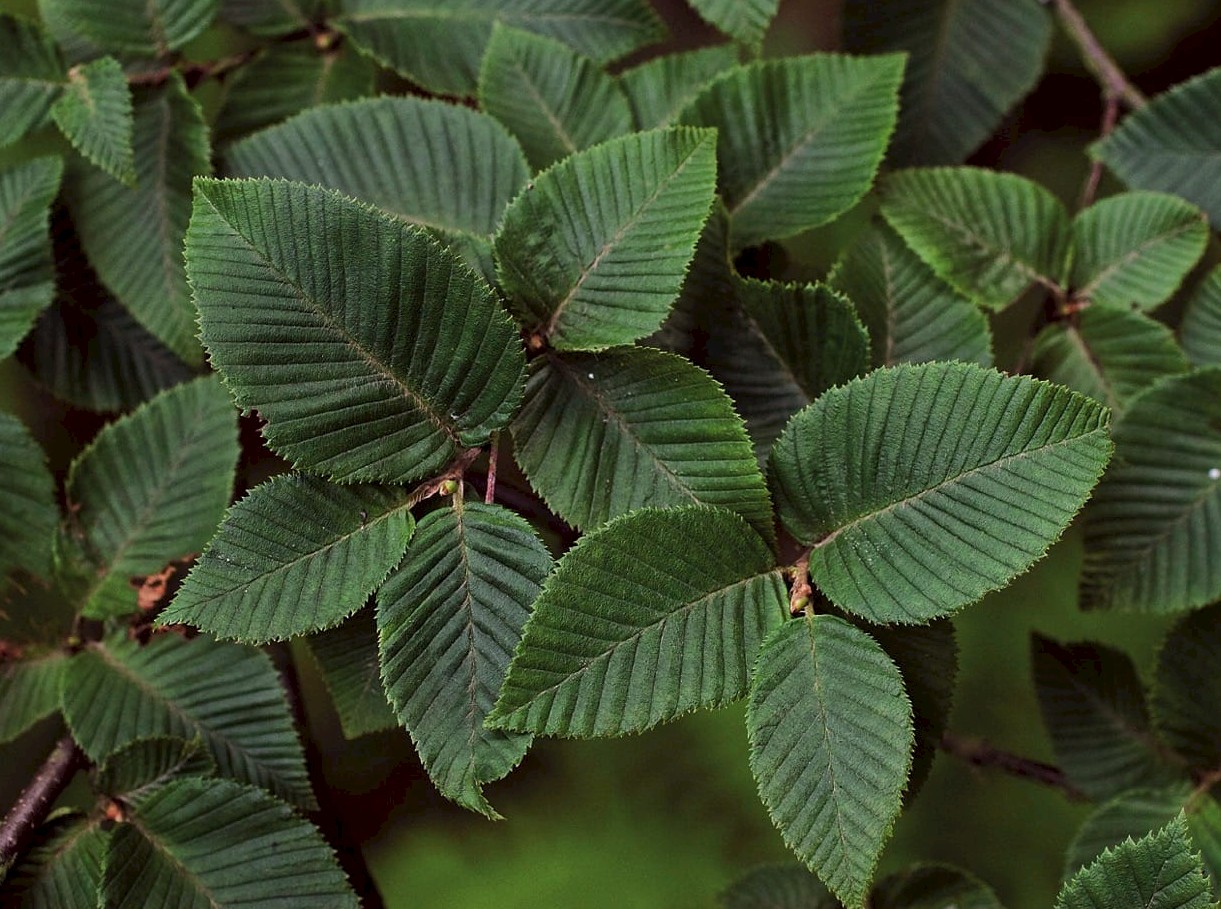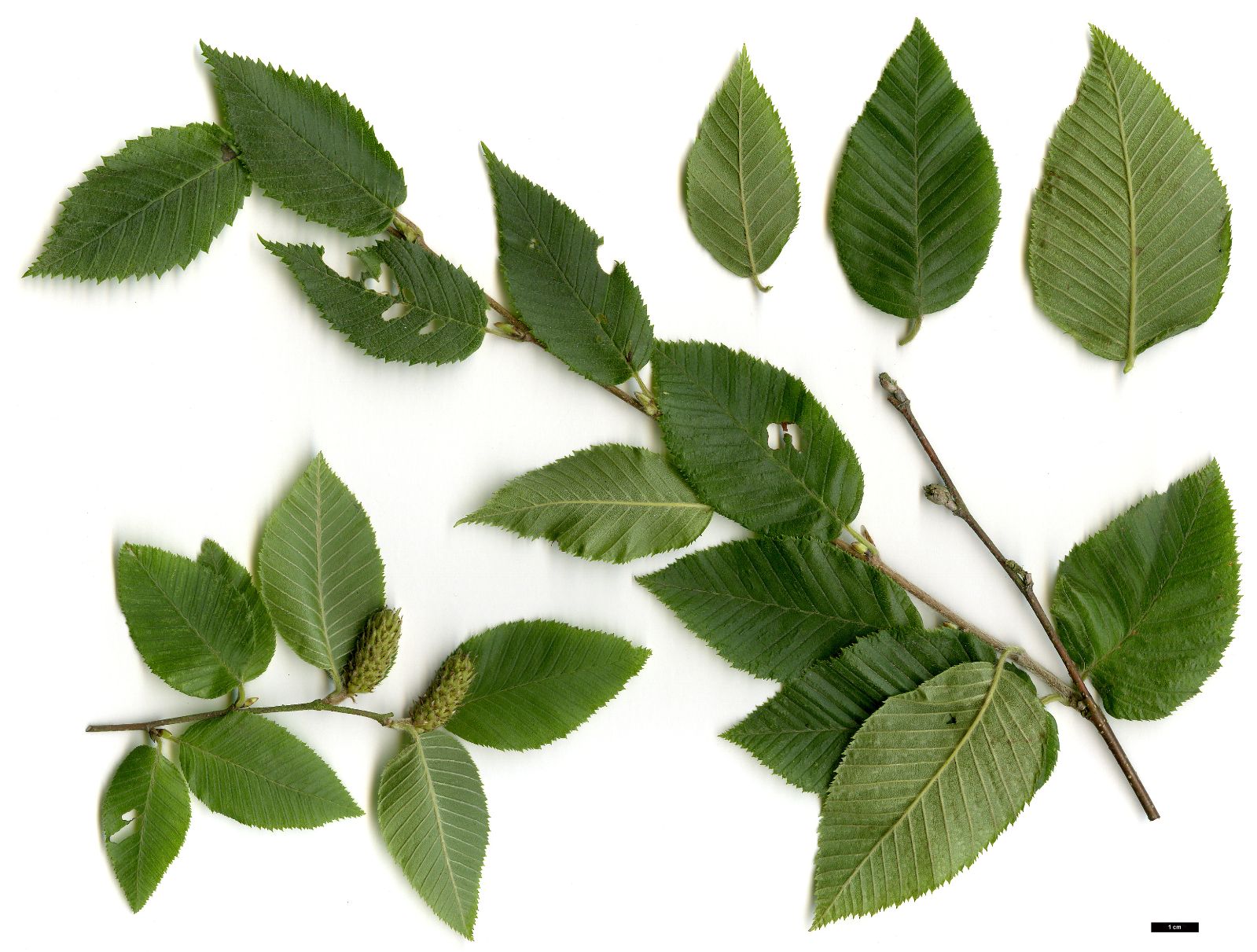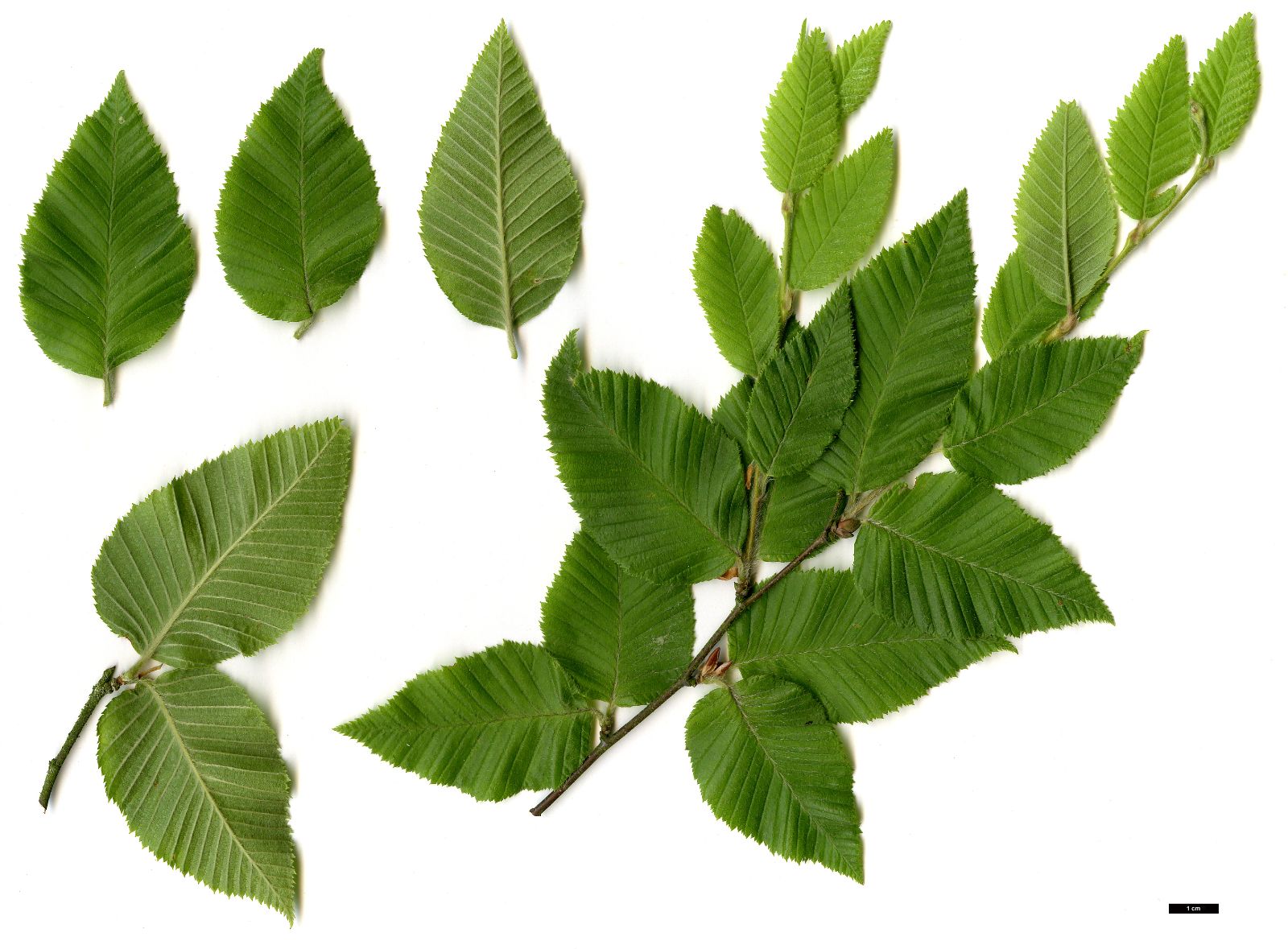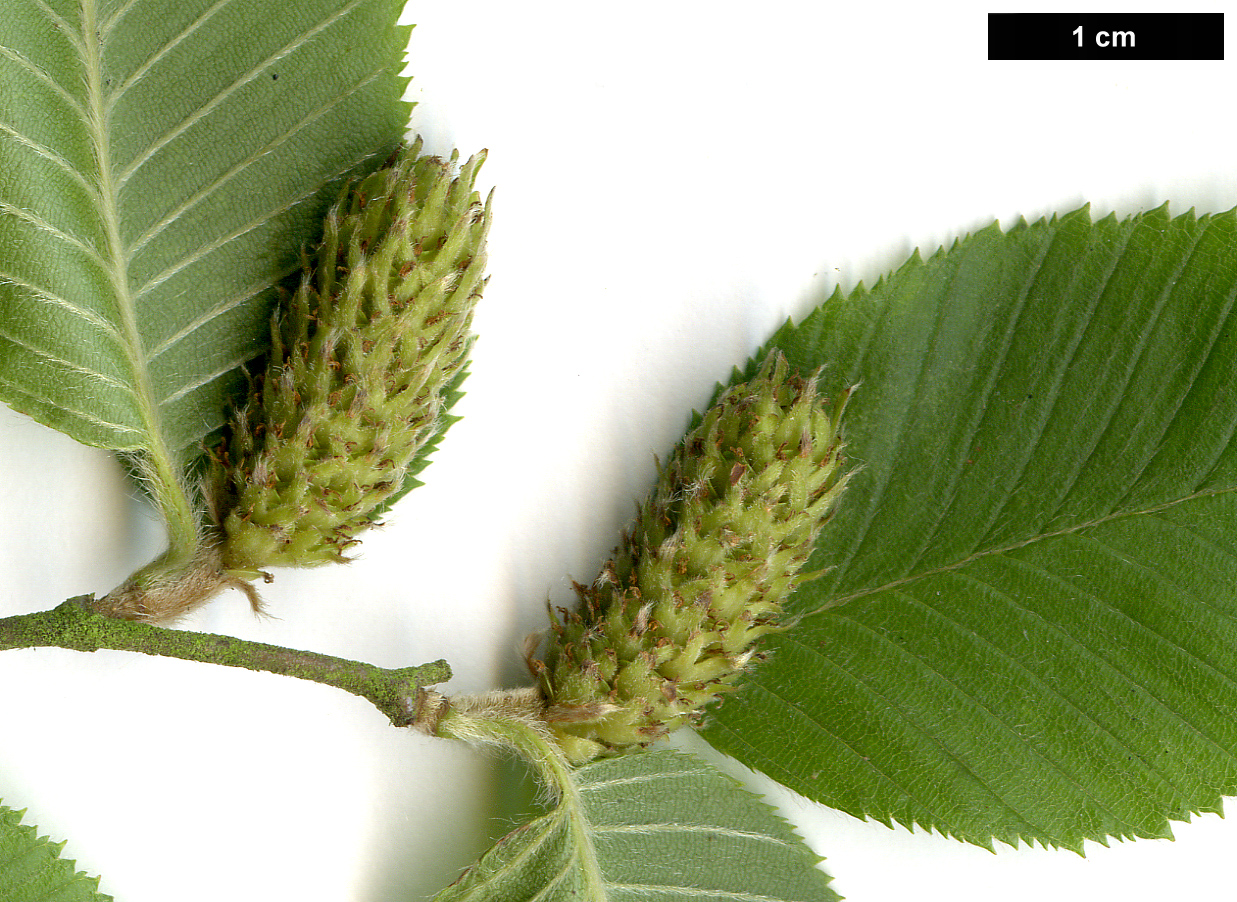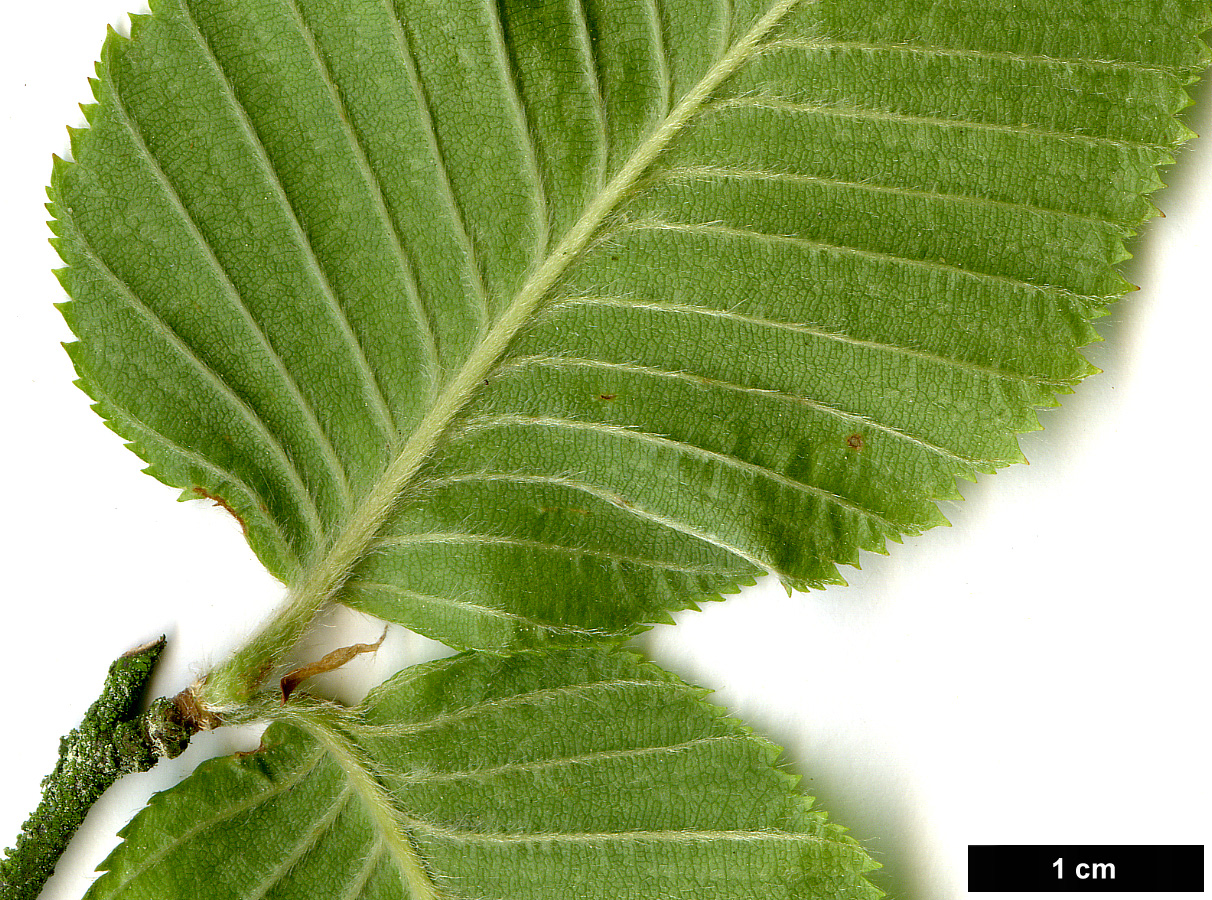Betula chichibuensis
Credits
Article from New Trees by John Grimshaw & Ross Bayton
Recommended citation
'Betula chichibuensis' from the website Trees and Shrubs Online (treesandshrubsonline.
Genus
Common Names
- Chichibu Birch
Other taxa in genus
- Betula albosinensis
- Betula alleghaniensis
- Betula × aurata
- Betula bomiensis
- Betula × caerulea
- Betula chinensis
- Betula coerulea-grandis
- Betula cordifolia
- Betula corylifolia
- Betula cylindrostachya
- Betula davurica
- Betula delavayi
- Betula ermanii
- Betula forrestii
- Betula glandulosa
- Betula globispica
- Betula grossa
- Betula humilis
- Betula insignis
- Betula jacquemontii
- Betula lenta
- Betula luminifera
- Betula lutea
- Betula mandshurica
- Betula maximowicziana
- Betula medwediewii
- Betula nana
- Betula neoalaskana
- Betula nigra
- Betula occidentalis
- Betula papyrifera
- Betula pendula
- Betula platyphylla
- Betula populifolia
- Betula potaninii
- Betula pubescens
- Betula pumila
- Betula raddeana
- Betula schmidtii
- Betula szechuanica
- Betula tianschanica
- Betula × utahensis
- Betula utilis
Tree to 4 m, perhaps occasionally more. Bark initially brown, flaky but later developing conspicuous raised horizontal lenticels as in B. chinensis. Branchlets densely pubescent when young, a few glands present. Leaves deciduous, 3–6 × 1.5–3.2 cm, papery, ovate to oblong, upper surface green and glabrous, lower surface with dense, white hairs on the veins, 14–18 lateral veins on each side of the midvein, margins with minute serrations, apex short-acuminate; petiole 0.4–0.7 cm long, covered in dense, white hairs. Monoecious; staminate inflorescences catkin-like, densely clustered towards the ends of twigs, to 4 cm long, creamy yellow in colour ; pistillate inflorescences catkin-like, solitary, erect, short-pedunculate, cylindrical, initially red, 1.5–2.5 × 0.7–1 cm. Flowers inconspicuous; bracts pubescent, deeply three-lobed. Fruiting catkins erect, persistent over the winter. Fruit a tiny nutlet with a narrow rim. Flowering May to June (Japan). Ohwi 1965. Distribution JAPAN: Honshu. Habitat Restricted to Mt. Chichibu between 600 and 1000 m asl. USDA Hardiness Zone 7. Conservation status Not evaluated (IUCN); but this is one of the rarest of birches, reduced to 21 trees in the wild (Mc Allister 1993). Illustration NT166.
The chief claim to fame for Betula chichibuensis is its rarity in the wild, as it is otherwise no more than a rather shrubby small tree, with a dense spreading crown of soft-green leaves, but of little horticultural merit. Seed was received during the 1980s at Ness Botanic Gardens from Prof. Ohba of Tokyo University Botanic Garden. The resultant seedlings were propagated and sets of eight clones were distributed to other gardens by Hugh McAllister (McAllister 1993). The clones vary somewhat in habit, some being low and shrubby, others growing as small single-stemmed trees. None has been seen over 3 m in height, and they often do not present an image of robust health, although they do well at Ness and at Stone Lane Gardens. The growth is twiggy, but the leaves are deeply veined and strongly hairy, and are subtly attractive.

